Lose Belly Fat (at Any Age) with These Effective Tips
Written by TYE Medical on Sep 29th 2025
Excess belly fat tends to increase with age and is notoriously stubborn, requiring discipline and strategy to make it disappear. As much as you don’t like the look of it, it’s even worse for your health. Your risk for chronic health conditions increases when you have too much belly fat. For instance, visceral belly fat, which surrounds your organs, is a major risk factor for heart disease, type 2 diabetes, and other health conditions.
Additionally, you can often predict the risk of metabolic disease by knowing your BMI or body mass index which calculates body fat percentage based on age, height, and weight. However, BMI doesn’t tell the whole story about your health as it doesn’t take visceral fat or body composition into account.
But you can fight back against abdominal fat when you implement some of these effective tips for losing belly fat.
1. Eat Lots of Soluble Fiber

Soluble fiber supports weight loss by making you feel fuller longer which helps you naturally eat less. This is because this type of fiber absorbs water from food to create a gel that slows the movement of food through the digestive tract. Soluble fiber may even contribute to shrinking belly fat.
Good sources of soluble fiber include:
- Vegetables
- Fruit
- Oats
- Legumes
- Barley
2. Don’t Eat Foods with Trans Fats
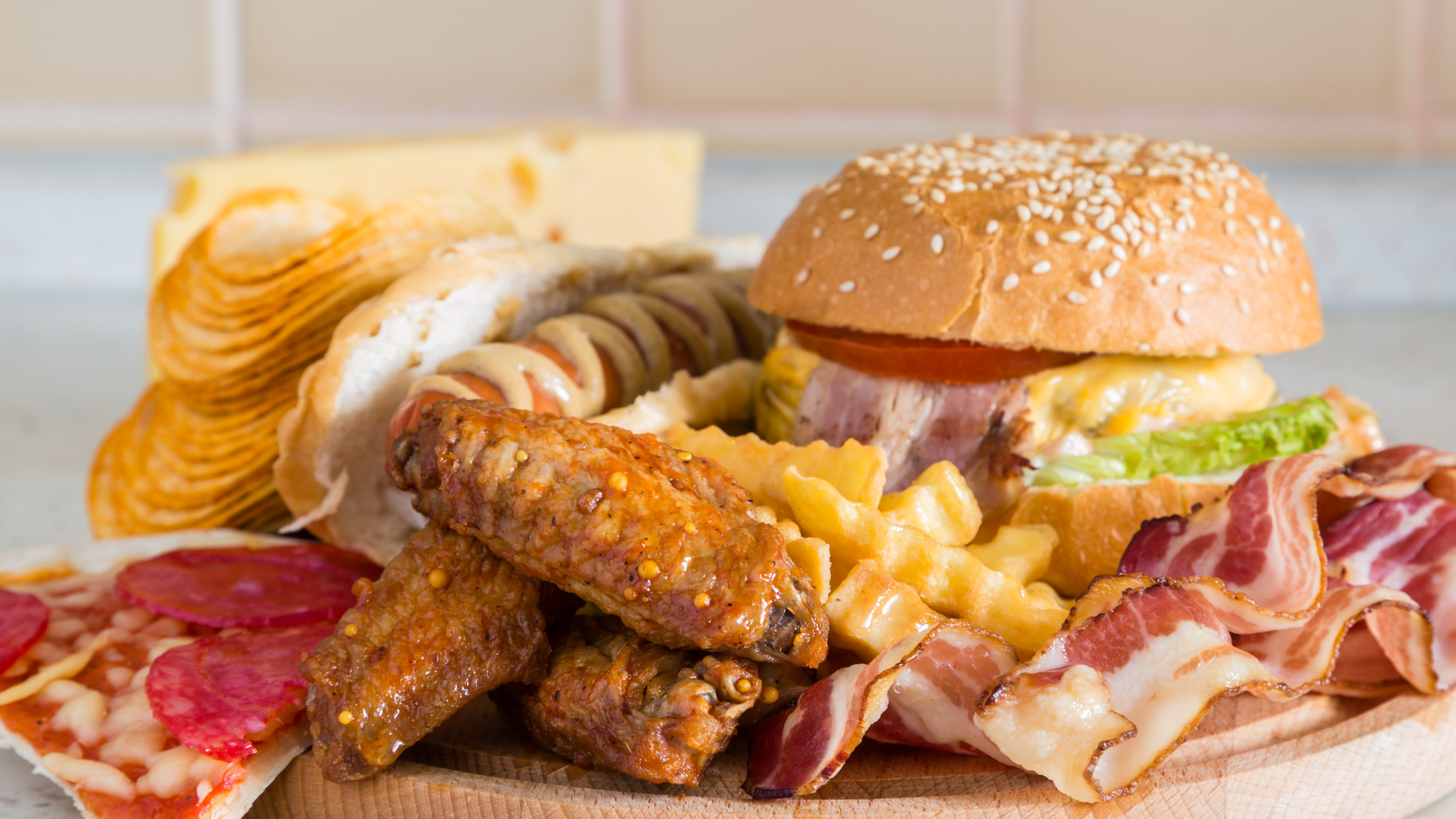
Most packaged food manufacturers stopped using trans fats due to studies that linked them to heart disease, inflammation, abdominal fat gain, and insulin resistance. Prior to this, they were commonly found in spreads, margarines, and an assortment of packaged foods. Trans fats aren’t naturally occuring in quantity and are created when hydrogen is pumped into unsaturated fats like soybean oil.
You can reduce belly fat by carefully reading food labels to avoid trans fats. Be aware that often trans fat is listed as “partially hydrogenated” fats.
3. Limit or Avoid Alcohol

Alcohol can increase belly fat, according to research. In one specific study, alcohol was found to “significantly” increase risk of excess fat storage around the waist. It’s important to limit how much you drink each day. Averaging one drink (or less) per day generated less belly fat than drinking less frequently but consuming a greater amount on drinking days.
To preserve your health and your waistline, it’s recommended that men consume two or fewer drinks each day, and women consume one or fewer daily. For some people, it may be best to avoid alcohol completely.
4. Eat Plenty of Protein
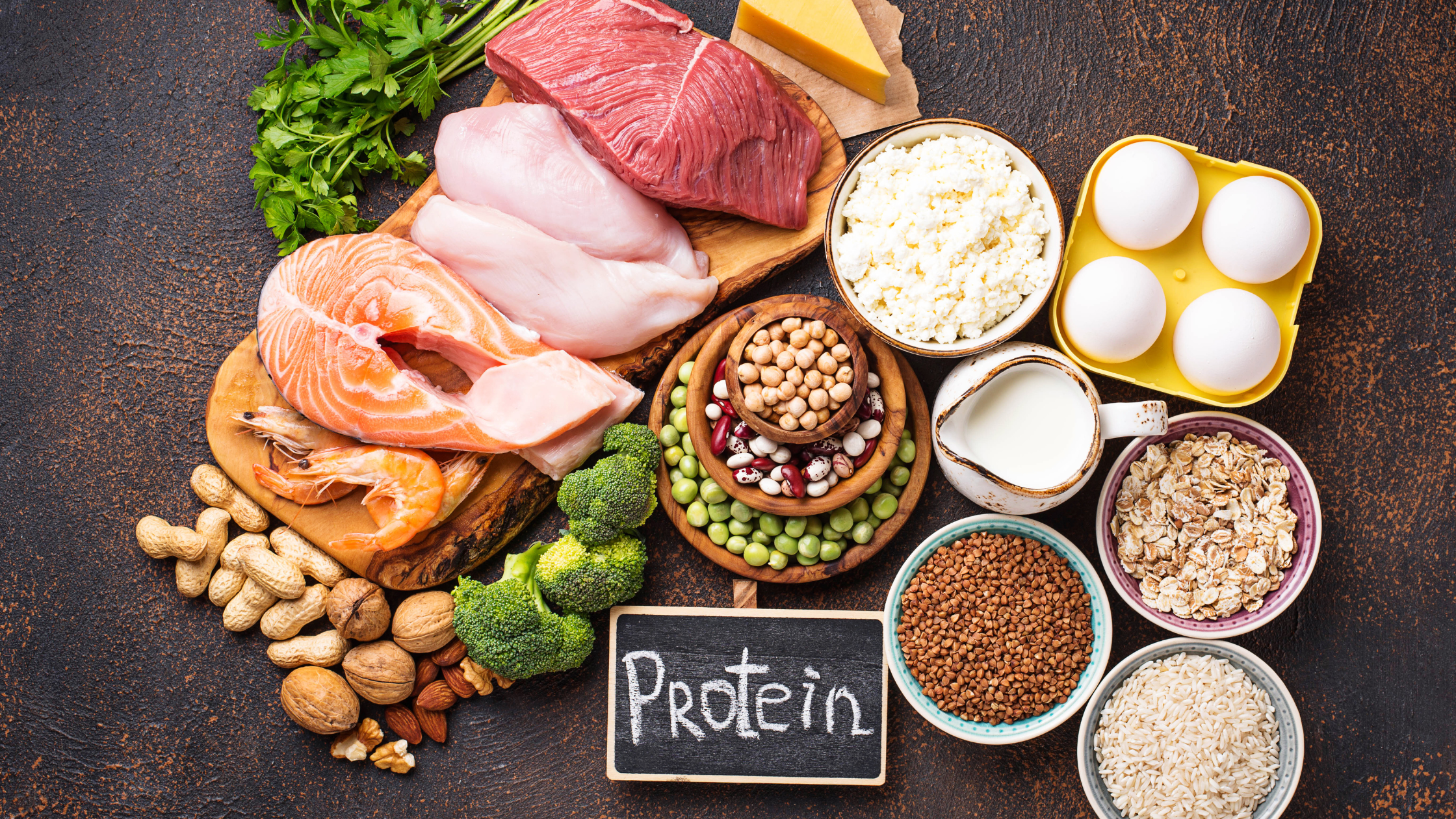
Eating a high protein diet decreases appetite by triggering your fullness hormone (peptide YY). This makes protein an important ally for weight management. Since protein also increases your metabolic rate while helping you maintain muscle mass even as you lose weight. Eating more protein often correlates with having less belly fat.
Quality protein sources include:
- Fish
- Meat
- Eggs
- Beans
- Whey protein
- Dairy
- Tofu
- Tempeh
5. Keep Stress Levels Low

Nothing feeds belly fat like stress. When you’re under too much stress or chronic stress, it triggers your adrenal glands to produce the stress hormone cortisol. High levels of cortisol stimulate your appetite and increase storage of abdominal fat. If you’re a woman whose waist is already larger, you will tend to produce even more cortisol when experiencing stress. You can keep off belly fat by practicing yoga or prayer/meditation daily. For stress-reducing tips, read our article, Stress Management for Seniors: Tips for Improving Health and Wellbeing.
6. Limit Sugary Foods
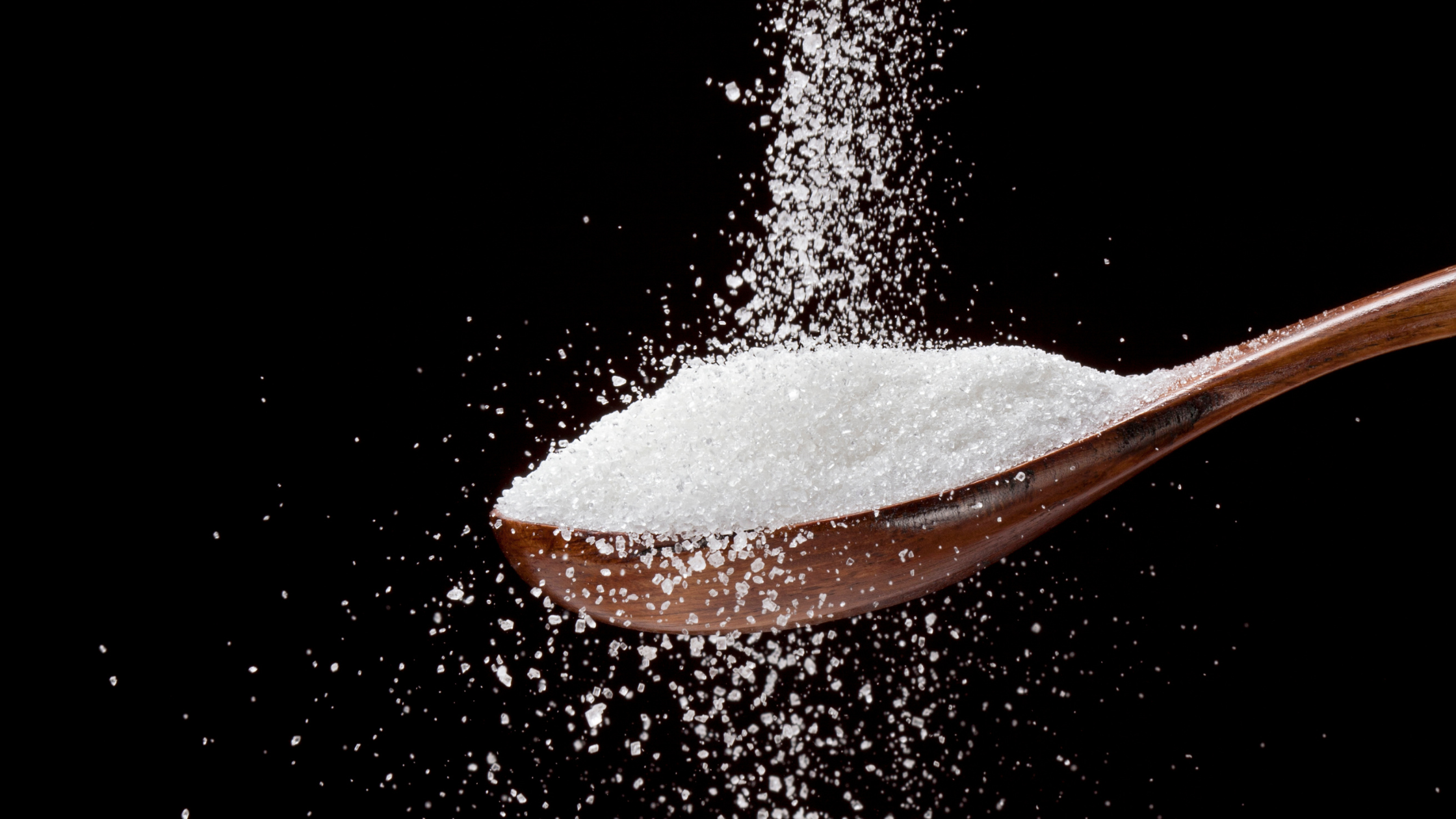
Sugar, or added fructose, consumed in excess has been linked to chronic disease like type 2 diabetes, fatty liver, and heart disease. Consuming high quantities of sugar also packs on belly fat specifically, according to some research. The greater danger is in eating added, refined sugars not naturally occurring sugars in fruits. However, you should even eat naturally-occurring sugar in moderation.
7. Incorporate Cardio Exercise

It is commonly accepted that cardio is effective for burning calories, improving health, and melting belly fat. The only uncertainty is whether moderate or high-intensity cardio is best for reducing abdominal fat.
However, one study did analyze the time investment in cardio and found that when postmenopausal women did cardio for 300 minutes per week, they lost more fat in all areas of their body (not just the abdomen) when compared with those who did cardio exercise for only 150 minutes per week, which is the generally recommendation for good health. The study also found that the amount of visceral fat didn’t change much when cardio was performed for 300 or 150 minutes per week.
8. Limit Refined Carbs
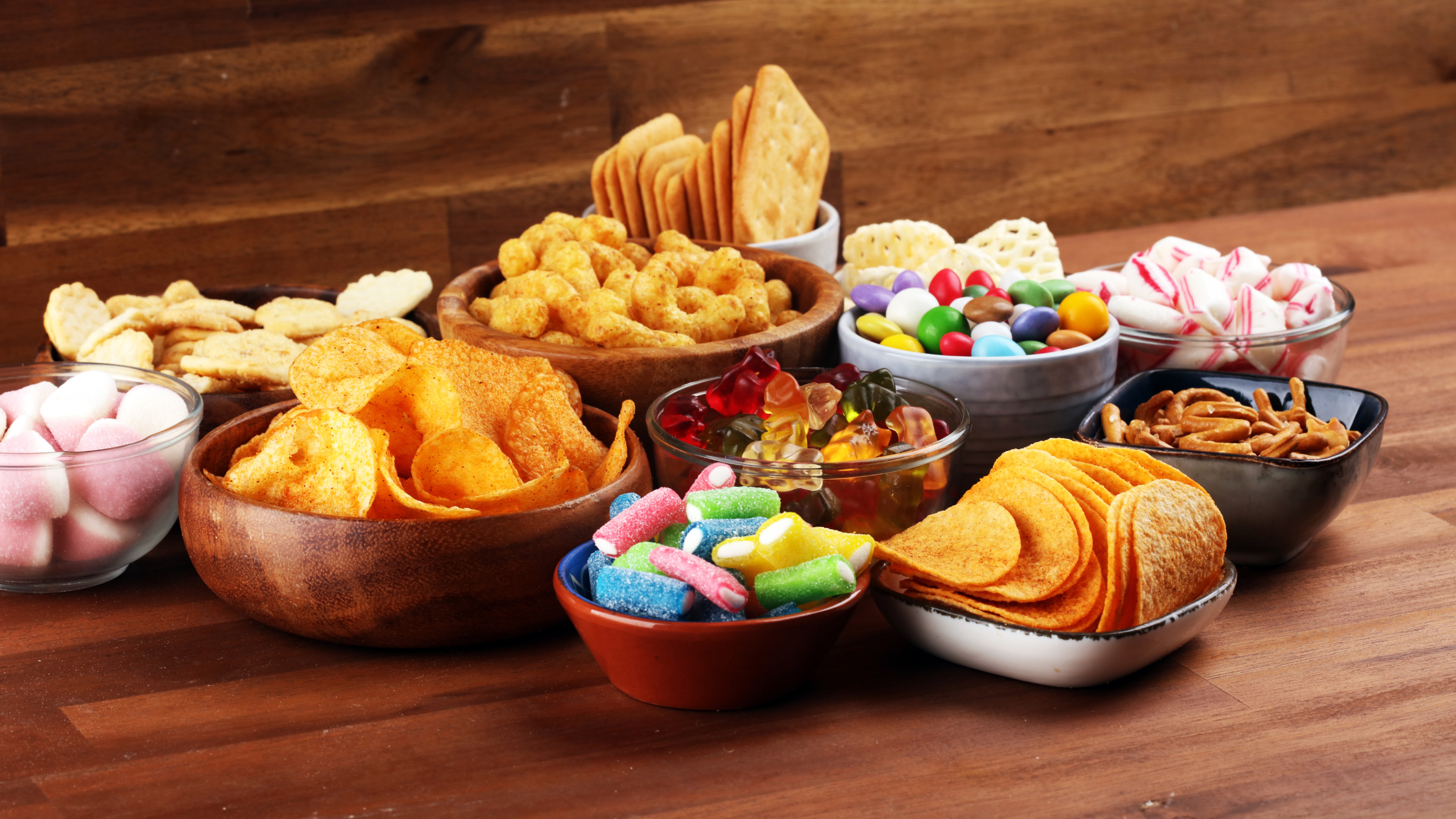
You can promote fat loss, specifically belly fat loss, when you stick to a low-carb diet. This is especially true if you cut many of the refined or highly processed carbs. This can be key to abdominal fat loss if you are overweight, are at risk for type 2 diabetes, or have polycystic ovary syndrome (PCOS).
A low-carb diet for health and fat loss doesn’t mean you have to nix all carbs but rather limit what is refined and easily broken down into sugars. You can replace these “bad” carbs with unprocessed varieties like oats, brown rice, quinoa, or barely. Eating pasta a couple times per week in moderate portions shouldn’t be tolerable. None of these should add to your waistline and can help shrink it. In fact, a reliable study shows that those who ate the most whole grains were 17% less likely to have excess belly fat than those who ate a diet high in refined carbs.
9. Lift Weights

Also known as strength training or resistance training, promotes the development of muscle mass and helps preserve gains. Studies found that lifting weights can increase abdominal fat loss. Other research shows that a combination of cardio and strength training may decrease visceral fat the most.
Before you begin weight lifting, talk with your doctor so that you have knowledge of any health risks and cautions. Also, it’s recommended that you seek advice from a certified personal trainer to understand your goals and how to accomplish them most effectively and safely. Some gyms employ personal trainers or you can search for one online or by asking around at the gym.
10. Limit or Avoid Sugary Drinks
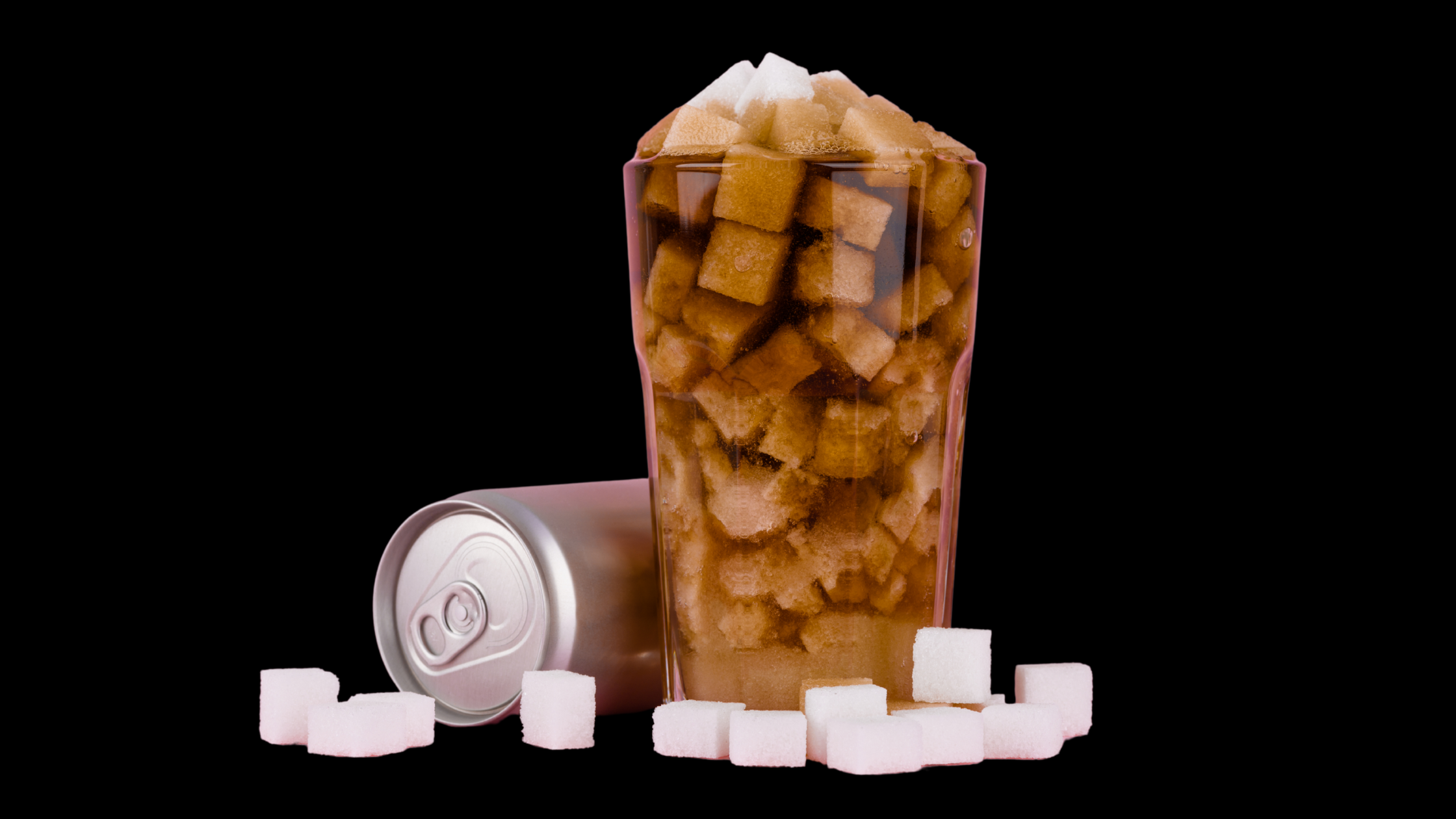
Sweet beverages contain large amounts of added, refined sugars like fructose which is known to promote abdominal fat. This is especially true for those with type 2 diabetes. Additionally, your body doesn’t recognize liquid calories in the way it recognizes solid calories from food, it’s easier to “overdrink” calories that are then stored as fat. If you want to limit belly fat, limit or avoid sugar drinks like:
- Soda
- Sweet tea
- Energy drinks
- Alcohol mixers
- Most juices
- Sweetened coffee creamers
- Sweetened coffee drinks
A great way to avoid “liquid sugar” is to drink flavored sparkling water (with no added sugar or artificial sweeteners), unsweet tea (possibly with a little artificial sweetener), zero sugar soda (in moderation), and sugar free coffee creamers (or use half-and-half only).
11. Get Adequate Sleep

You probably know that the amount and quality of your sleep affects your health, but it also affects your weight. You have an increased obesity risk when you don’t get enough sleep, and you’re more likely to store excess fat in your belly. This is especially true if you’re a woman getting fewer than five hours of sleep each night. Women who sleep at least seven hours each night are significantly less likely to gain weight.
If you have sleep apnea, it’s critical to seek proper treatment, not only for your immediate health, but also to prevent excess visceral fat gain which is linked to the condition. Whether it’s sleep apnea or something else affecting your sleep quality, be sure to talk with your doctor.
12. Track Calories and Exercise
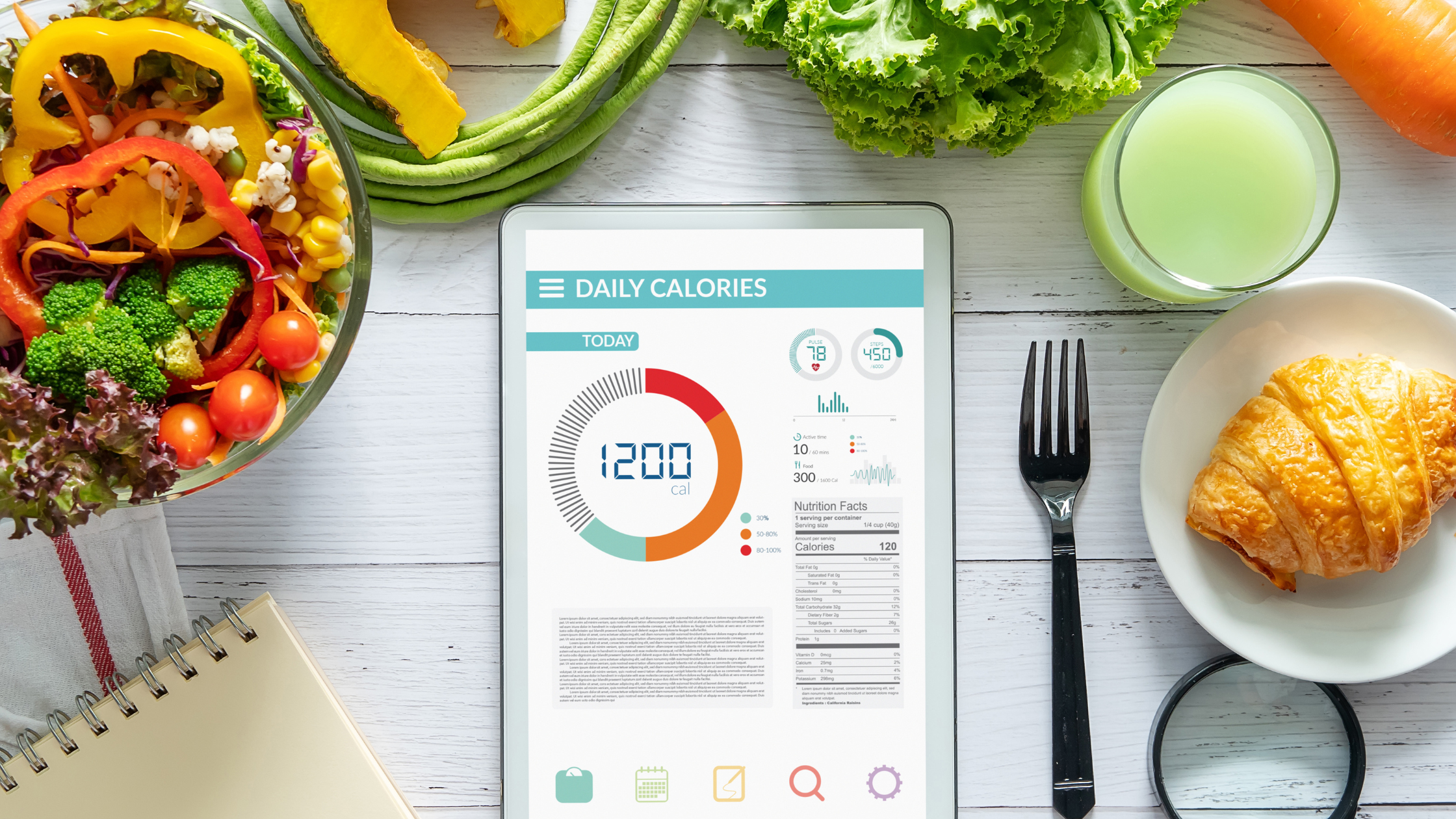
You may be shocked to find out how many calories you’re consuming compared to what you think you’re getting. Often, people find out they’re eating far more calories than they realize, but the only way to be sure is to log your daily food (and beverage) intake. Ultimately, for any kind of weight loss, you need to burn more calories than you consume.
You can keep a handwritten food journal if you prefer old-school methods. Otherwise, try a calorie-tracking app downloaded to your phone. This allows you to log food on the spot, and many allow you to search their database or scan a barcode to determine the calorie and nutrient content of foods.
Knowing how many calories you’ve consumed and how many are left to eat for the day can help you lose weight, and of course, drop belly fat. Since most apps also indicate the macronutrients of food, you can also track your protein, carbs, fiber, and fat consumption for each day.
Take advantage of apps that also help you track water, exercise, and sleep. This can be a great tool to help you stay on track in all areas for both general health and to aid in abdominal fat loss.
Make Worthwhile Changes
Success rests on finding a combination of tips and strategies that work for you. Eliminate or avoid sugary foods and drinks, refined carbs, and alcohol. But be sure to also get more protein and soluble fiber. Add cardio, weight lifting, or a combination to your daily routine. If you follow these guidelines while also reducing stress and getting adequate sleep, the belly fat will begin to melt away. But of course, it’s not easy. Making these lifestyle changes can be more challenging than we like to admit but greatly benefit our health.


